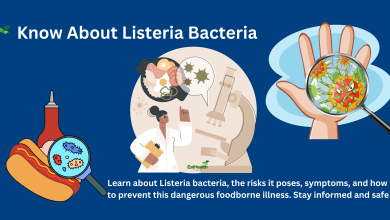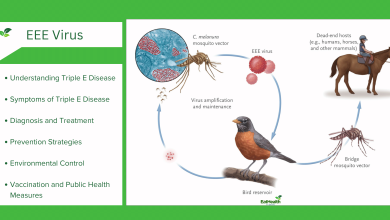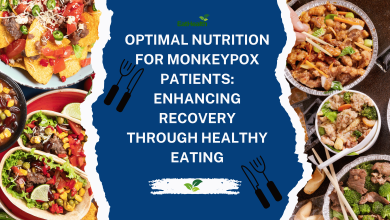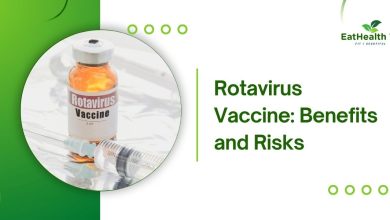Polio Vaccine: Benefits and Risks
Understanding the Polio Vaccine: Crucial Benefits and Potential Risks
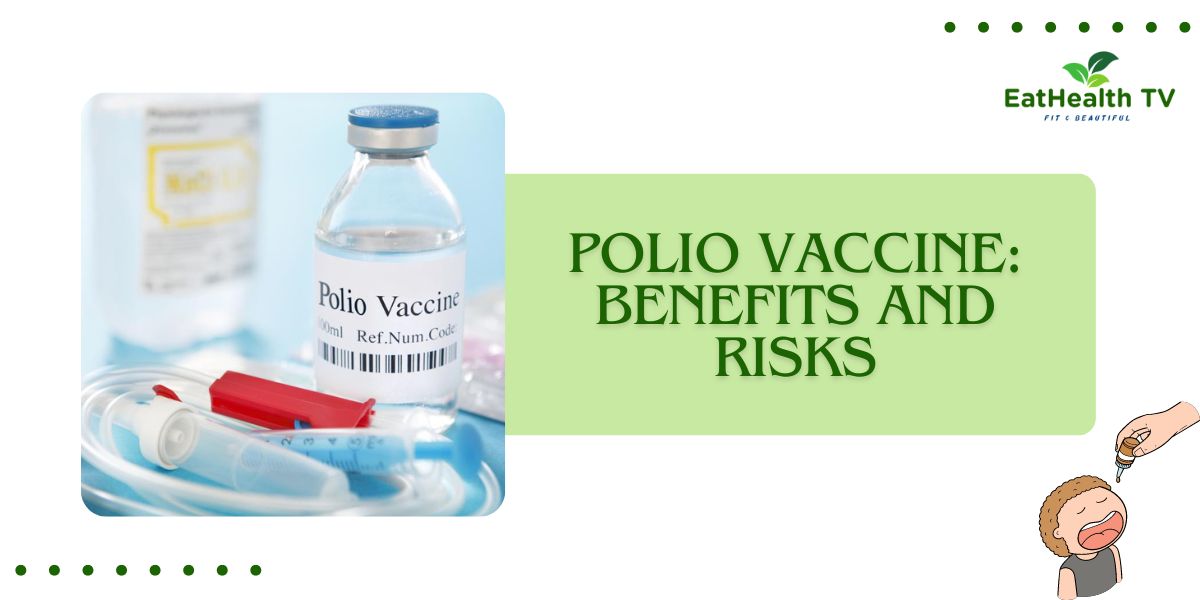
Polio Vaccine: Benefits and Risks
Polio, or poliomyelitis, is a highly infectious viral disease that primarily affects young children and can cause paralysis and even death. The development and widespread administration of the polio vaccine have played a crucial role in nearly eradicating the disease worldwide. However, like any medical intervention, the polio vaccine comes with its own set of benefits and risks. This blog post aims to provide a comprehensive understanding of the polio vaccine, its benefits, and its associated risks, making it accessible to readers ranging from 12th-grade students to medical experts.
What is Polio?
Polio is caused by the poliovirus, which is transmitted through contaminated water and food or direct contact with an infected person. The virus multiplies in the intestine and can invade the nervous system, potentially causing paralysis. Polio can be categorized into three types:
- Non-paralytic polio: Causes flu-like symptoms but does not lead to paralysis.
- Paralytic polio: Leads to severe symptoms, including paralysis in the legs, arms, or even respiratory muscles.
- Post-polio syndrome: A condition that affects polio survivors years after recovery, causing muscle weakness and fatigue.
History of the Polio Vaccine
Development
The first effective polio vaccine was developed by Dr. Jonas Salk in 1955. This inactivated polio vaccine (IPV) used a killed version of the virus and was administered through injection. In 1961, Dr. Albert Sabin introduced the oral polio vaccine (OPV), which used a live, weakened virus and could be administered orally.
Implementation
Mass vaccination campaigns began in the late 1950s and 1960s, leading to a dramatic decline in polio cases. The World Health Organization (WHO) launched the Global Polio Eradication Initiative (GPEI) in 1988, which has significantly reduced polio incidence worldwide.
Types of Polio Vaccines
Inactivated Polio Vaccine (IPV)
- Administration: Injection
- Composition: Contains killed virus
- Efficacy: Provides strong immunity in the bloodstream
- Safety: Cannot cause polio
- Use: Primarily in developed countries
Oral Polio Vaccine (OPV)
- Administration: Oral drops
- Composition: Contains live, weakened virus
- Efficacy: Induces immunity in the intestines and bloodstream
- Safety: Rare risk of vaccine-derived poliovirus (VDPV)
- Use: Primarily in developing countries due to ease of administration and cost-effectiveness
Benefits of the Polio Vaccine
1. Eradication of Polio
The most significant benefit of the polio vaccine is its role in nearly eradicating the disease. Global polio cases have decreased by over 99% since the introduction of the vaccine, with only a few countries still reporting cases.
2. Protection Against Paralysis
Vaccination prevents polio, thereby protecting individuals from paralysis and other severe complications associated with the disease. This is especially crucial for young children who are the most vulnerable.
3. Community Immunity
High vaccination coverage creates herd immunity, reducing the spread of the virus in the community and protecting those who cannot be vaccinated, such as individuals with certain medical conditions.
4. Cost-Effective
Preventing polio through vaccination is far more cost-effective than treating the disease and its long-term complications. This is particularly important for developing countries with limited healthcare resources.
5. Safe and Effective
Both IPV and OPV have been proven to be safe and effective in preventing polio. Extensive research and monitoring ensure that the vaccines meet high safety standards.
Risks and Challenges of the Polio Vaccine
1. Vaccine-Derived Poliovirus (VDPV)
While rare, OPV can cause VDPV, a mutated form of the virus that can cause polio-like illness in under-immunized populations. This occurs in approximately 1 in 2.7 million doses of OPV.
2. Adverse Reactions
Both IPV and OPV can cause mild side effects, such as redness and pain at the injection site (IPV) or mild fever and gastrointestinal symptoms (OPV). Severe allergic reactions are extremely rare.
3. Logistical Challenges
In some regions, logistical challenges such as lack of infrastructure, political instability, and vaccine hesitancy hinder vaccination efforts. Ensuring cold chain storage and transportation of vaccines is also a significant challenge in remote areas.
4. Public Perception and Misinformation
Misinformation and vaccine hesitancy can reduce vaccination rates and threaten the progress made in eradicating polio. Public health campaigns and education are essential to address these issues.
5. Maintenance of Immunity
Long-term immunity requires booster doses, especially for IPV. Ensuring that individuals receive all necessary doses is critical for maintaining immunity.
Comparing IPV and OPV
Advantages of IPV
- Cannot cause VDPV: IPV contains killed virus, eliminating the risk of VDPV.
- Safe for immunocompromised individuals: IPV is safe for individuals with weakened immune systems.
- Stable in storage: IPV does not require stringent cold chain storage, making it easier to transport and store.
Advantages of OPV
- Induces gut immunity: OPV induces immunity in the intestines, which is the primary site of poliovirus replication and transmission.
- Ease of administration: OPV is administered orally, making it easier to administer in mass vaccination campaigns.
- Cost-effective: OPV is less expensive to produce and distribute, making it suitable for low-resource settings.
Strategies for Overcoming Polio Vaccine Challenges
1. Enhanced Surveillance
Improving surveillance systems to detect and respond to polio cases and outbreaks is crucial. This includes laboratory support and data collection to monitor vaccination coverage and identify areas at risk.
2. Strengthening Healthcare Infrastructure
Investing in healthcare infrastructure to ensure the availability of vaccines, trained healthcare workers, and cold chain storage is essential for effective vaccination programs.
3. Community Engagement and Education
Engaging communities through education and awareness campaigns can address vaccine hesitancy and misinformation. Collaborating with local leaders and influencers can help build trust and acceptance.
4. Innovative Vaccine Delivery
Exploring new vaccine delivery methods, such as micro-needles, drone delivery, and mobile vaccination units, can improve access to vaccines in remote and underserved areas.
5. International Collaboration
Global collaboration and support from organizations such as WHO, UNICEF, and GPEI are vital for the success of polio eradication efforts. Coordinated international efforts ensure resources and expertise are available where needed most. Just as we know Varicella Vaccine: Benefits and Risks
The Future of Polio Eradication
1. Development of New Vaccines
Research and development of new polio vaccines, such as the novel oral polio vaccine (nOPV2), aim to address the risk of VDPV while maintaining the benefits of OPV. These new vaccines are currently undergoing clinical trials and have shown promising results.
2. Sustaining Immunization Programs
Even after polio is eradicated, maintaining high vaccination coverage is essential to prevent the reintroduction of the virus. Continued immunization programs and booster doses will be necessary.
3. Global Certification
Achieving global certification of polio eradication requires stringent monitoring and verification processes. Countries must demonstrate the absence of poliovirus transmission for at least three years under strict surveillance.
4. Addressing Vaccine-Derived Poliovirus
Efforts to mitigate the risk of VDPV include phasing out OPV in favor of IPV once polio is eradicated. This transition will require careful planning and coordination to ensure continued immunity.
5. Integration with Other Health Initiatives
Integrating polio vaccination with other health initiatives, such as routine immunization programs, maternal and child health services, and disease surveillance systems, can enhance overall healthcare delivery and sustainability.
Conclusion
The polio vaccine has been instrumental in reducing the global burden of polio and moving towards its eradication. While there are risks associated with the vaccine, the benefits far outweigh them, particularly in terms of preventing paralysis and saving lives. Continued efforts to address challenges, enhance vaccination programs, and sustain high immunization coverage are essential to achieving a polio-free world.
By understanding the benefits and risks of the polio vaccine, individuals and communities can make informed decisions and contribute to the global fight against polio. Whether you’re a student learning about infectious diseases or an expert involved in public health initiatives, the journey towards polio eradication is a shared responsibility that requires vigilance, commitment, and collaboration.

